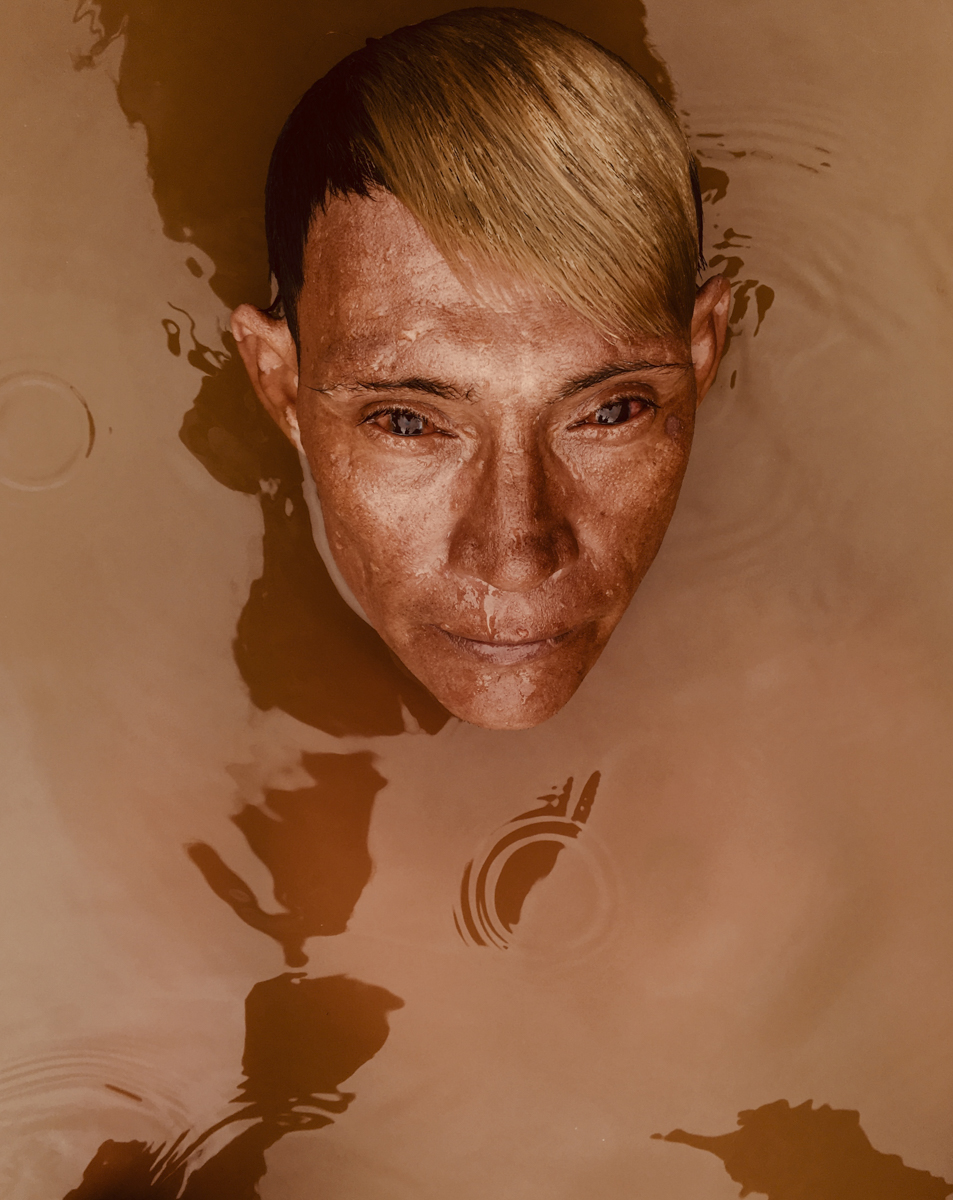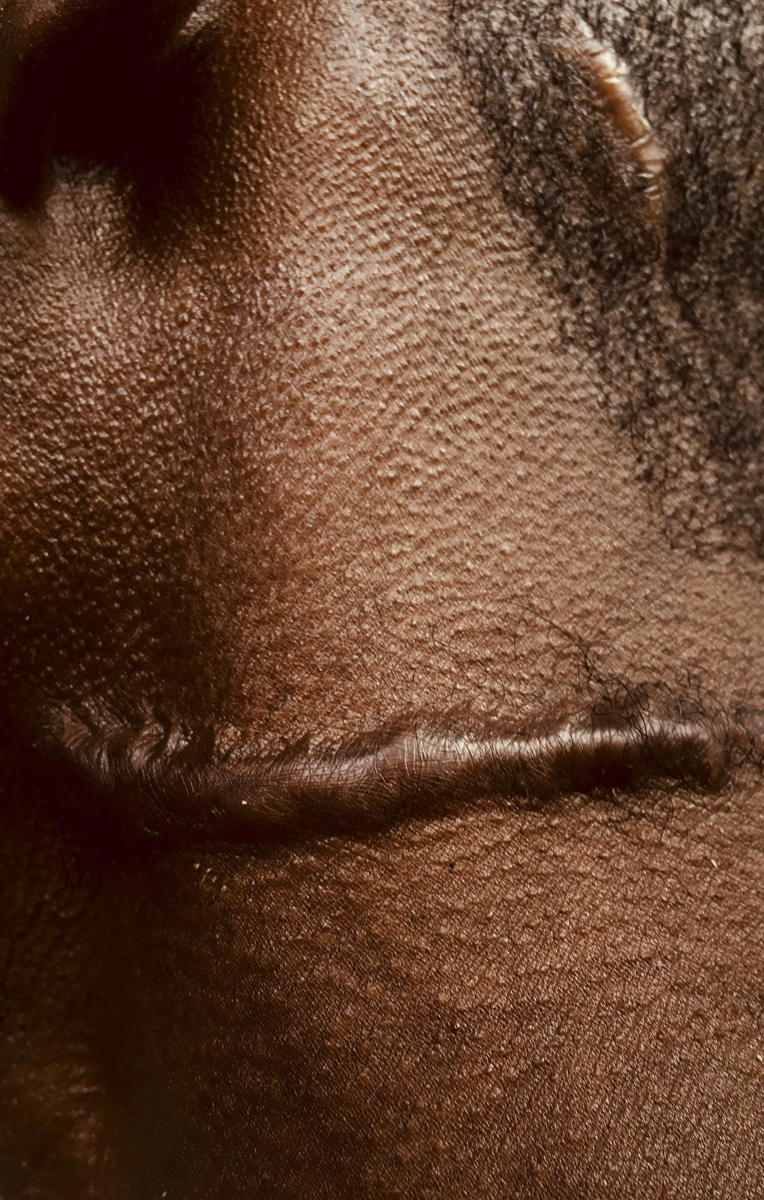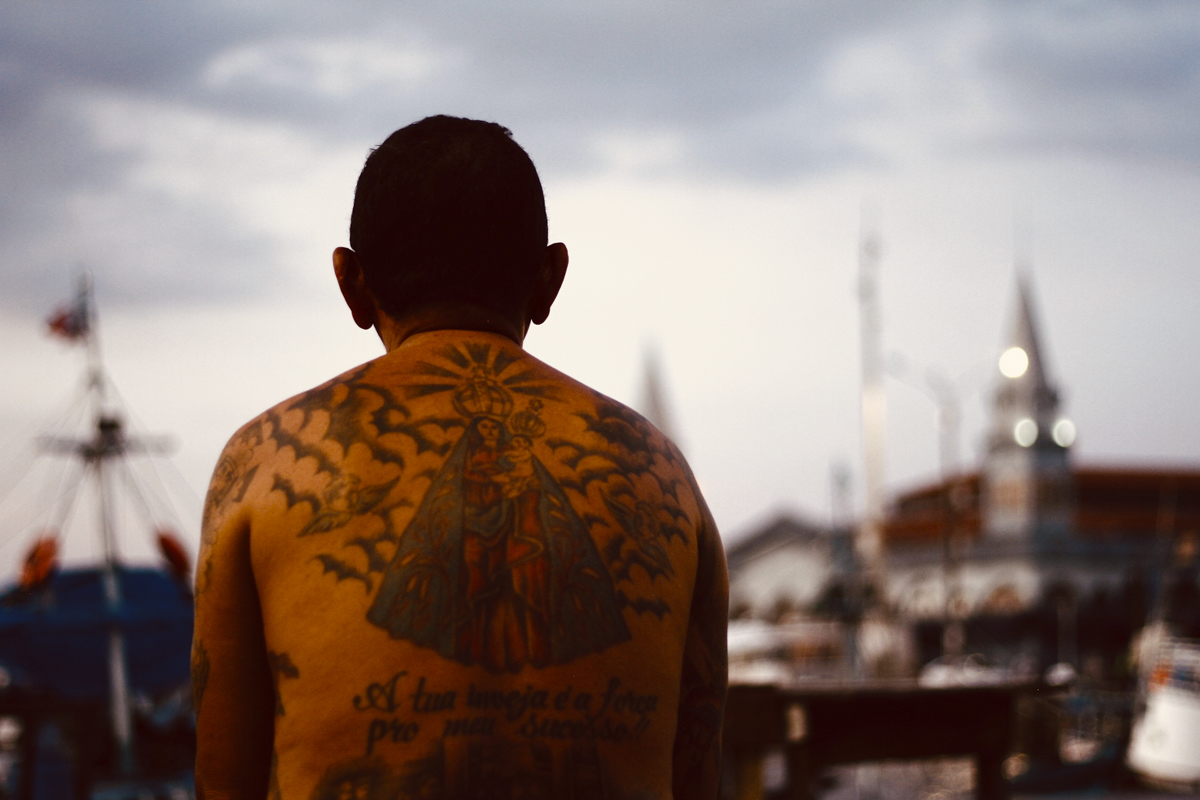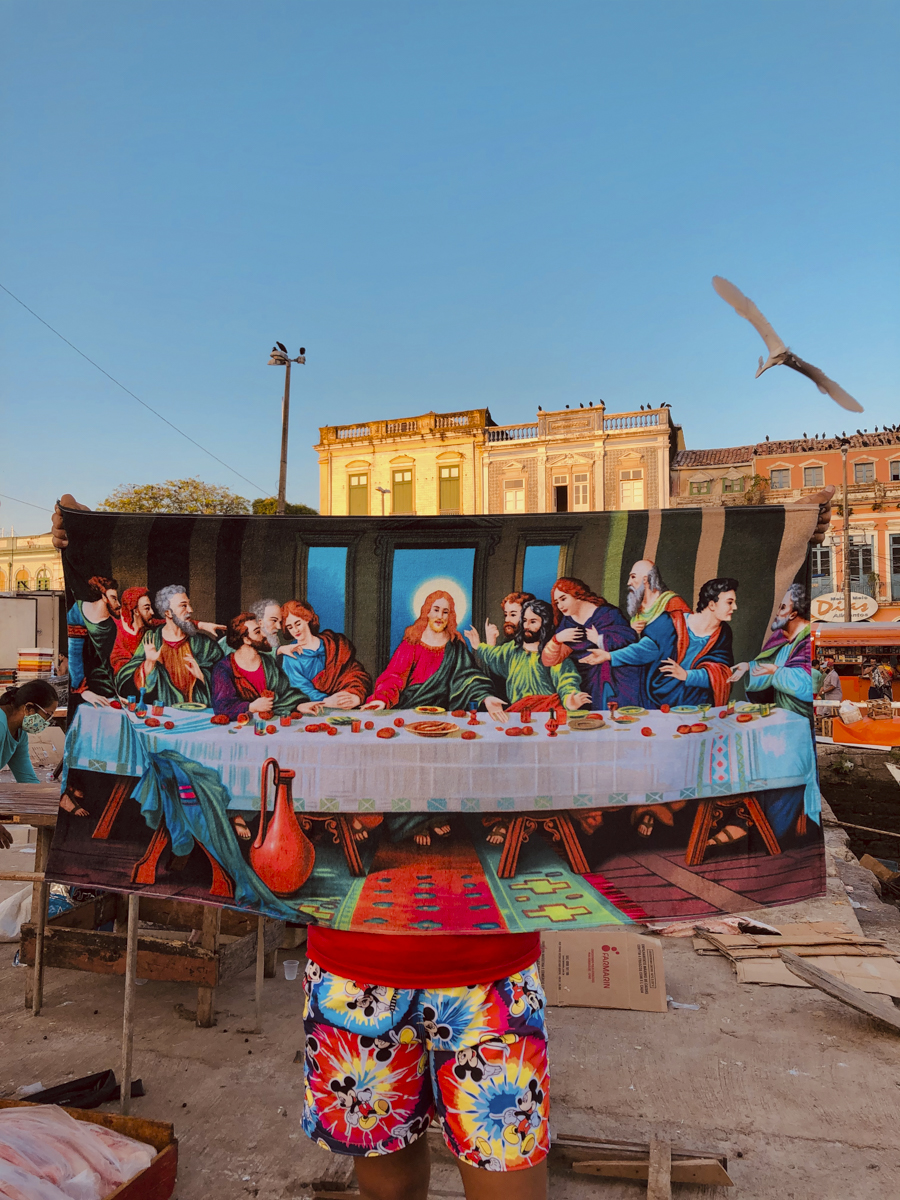On December 7, the Folha de São Paulo newspaper published an article on the most recent exhibition of the Brazilian artist Miguel Rio Branco. In it, the renowned artist says that he stopped taking photographs because, given the way in which they are currently produced, the images became something banal.
Mamana Collective answered him in a series of posts on Instagram and finally with a Manifesto and the invitation to sign it. For the seven women who are part of the collective, photographers like Miguel Rio Branco are not the only references. Mamana was born with the idea of welcoming female photographers who wanted to document their reality, and who realized that the leading role in the world of images was still male. The collective is made up of Brazilian photographers who are interested in dialogue with other women in order to create autonomously, safely, and above all to question a narrative system that is based on a single story built with a single perspective.

“I believe that the references did change and are constantly changing,” says Nay Jinknss from the Mamana Collective. “It is necessary to rethink what was said, how it was said, by whom it was said, what is art, from what moment something becomes art, who said it was art or who said it was image and why.” Thinking about these questions is part of the collective’s proposal, which also poses a dialogue with the characters who have been the great references of Brazilian photography and with the traditional media so that they try to answer those questions or at least be more careful with their creations.
The way in which “the Amazon, the Pelourinho, or the image of the black” has been represented up to now,” says Nay, “has reproduced the same image. This unbridled documentation is a trivialization of the image because it is vicious, it is lazy, it is a look of the black, for example, always marginalized, of the indigenous as a nude stereotype with paintings. So, these demonstrations, those statements like the one of Rio Branco need to be punctuated and they also need to be rethought ”. And for this, the Mamana Collective proposes the Counter-Reference Manifesto.

Counter-reference manifesto!
We are living in a historic moment. The referents changed. And that change is urgent!
Marginalized populations and socially seen as minorities have come to occupy places previously assigned to elites. Proposing a reflection from the gaze of someone who has had an image exploited and massively stolen cannot be postponed. Last Monday, December 7, 2020, the Folha de São Paulo newspaper published the article titled: “Miguel Rio Branco, a giant photographer, says that the images have become banal”. And we ask ourselves: banal for whom? For popular communicators / multi-artists who are starting to gain visibility? For those who are using cell phone cameras, tablets and semi-professional equipment to portray their own place? What the photographers who encourage this type of speech have to lose by affirming that is: their privilege.
Until now, indigenous and traditional populations, black bodies, women, bodies with disabilities, fat, LGBTIQA + have been, for the most part, in front of the cameras as an objective and not as thinking bodies part of these narratives. They were marginalized, they suffered with the erasure and abuse of an essentially colonialist, sexist, misogynist and hegemonically profession led by white and middle / upper class men. Men who occupy and star in stories based on their perceptions, from a domesticating gaze: the salvation of a place, a body, a race, a gender from its origin.
Taking away the possibility from those who did not have access to the same opportunities, institutionalizes the speech and the imaginary production, perpetuating a colonizing, vitiated and violent gaze. When we place photography as an extraction tool, we speak from a power relationship that: reinforces stereotypes, romanticizes poverty, exposes a population / territory to a unique history. Unique stories are no longer welcome because they reduce groups and people to caricatures that do not correspond to the diverse and complex reality. Marginalized populations are beyond popular imagination and fantasy, almost always prejudiced. To make photography accessible is to enable everyone to tell their realities, denouncing what they perceive according to their demands. Making it possible for the indigenous to document their own people, for the Quilombola to communicate how they see themselves in front of the world, is to broaden the narratives and rethink what has already been told, how and by whom. Popularizing the discourse that everyone can document their realities puts at risk a place historically occupied by men armed with their telephoto lenses, aimed at the “exotic” and / or towards the “unexplored land”, dehumanizing everything in the name of art / aesthetics, transforming everything into a product.
To join the fight for rights is also to question the production of images that labels stocks. Photography is not neutral and when it runs away to narrate the various facets of a story it is wild. It is not possible to continue telling stories from a single perspective, from an explicitly whitewashed perspective. The referents changed. We invite other collectives, other women and men aligned with our position to build alternative boards to that failed model of photography, the arts and the media, in general. We are going to build new paths and new references!
Mamana Coletiva

